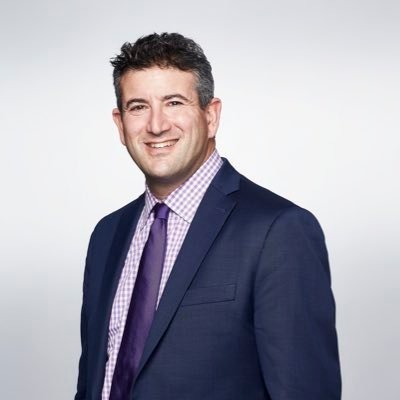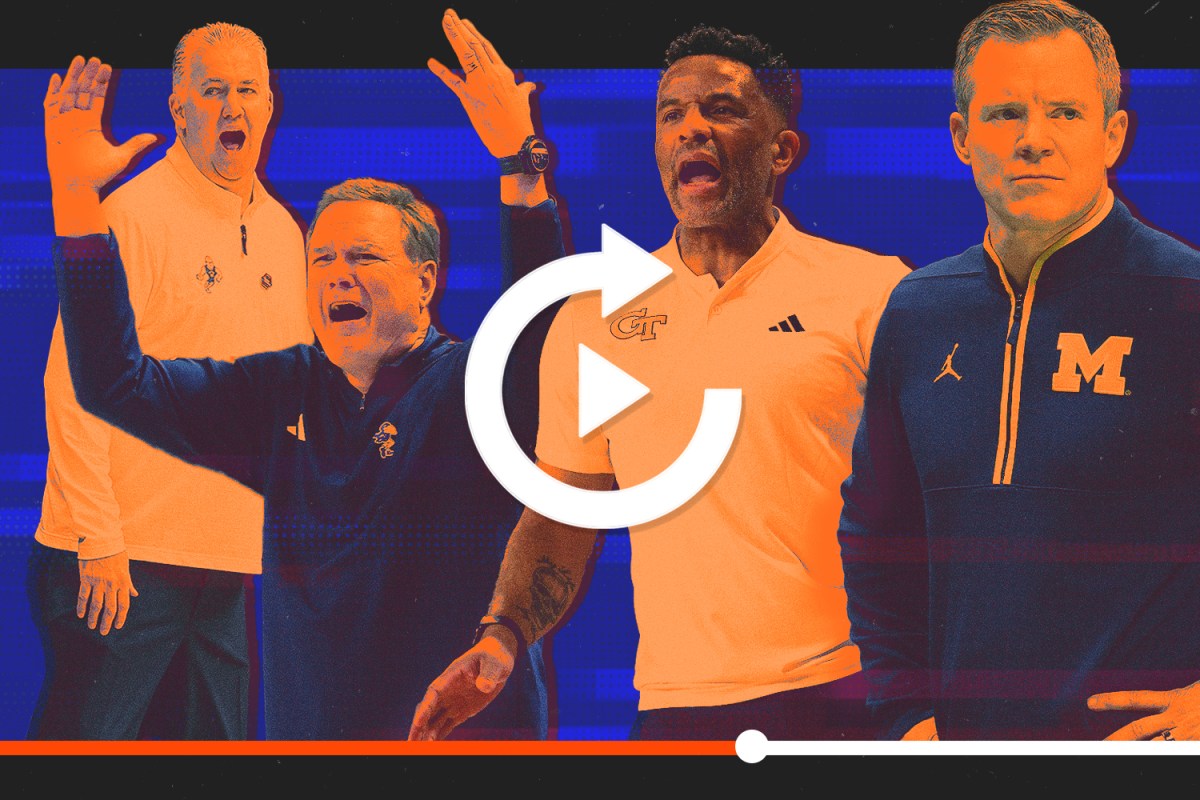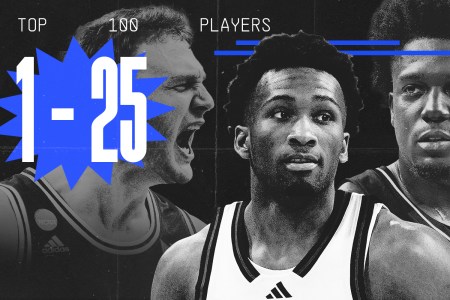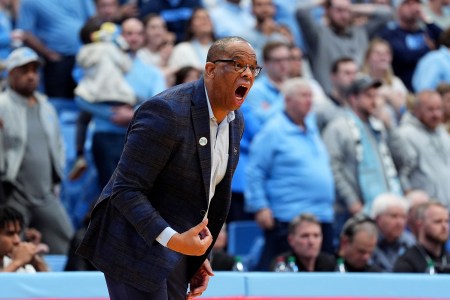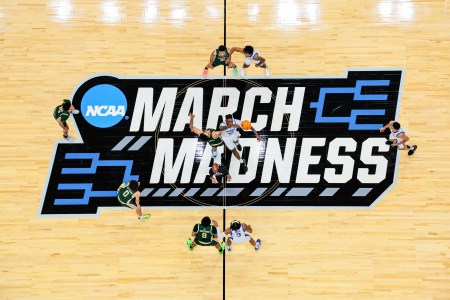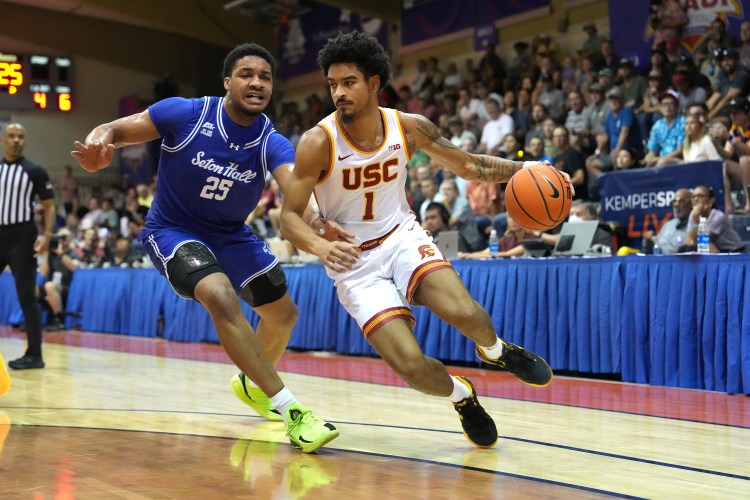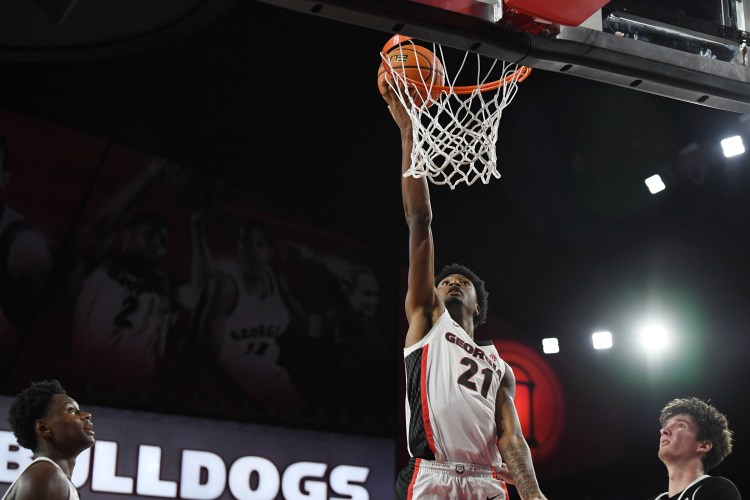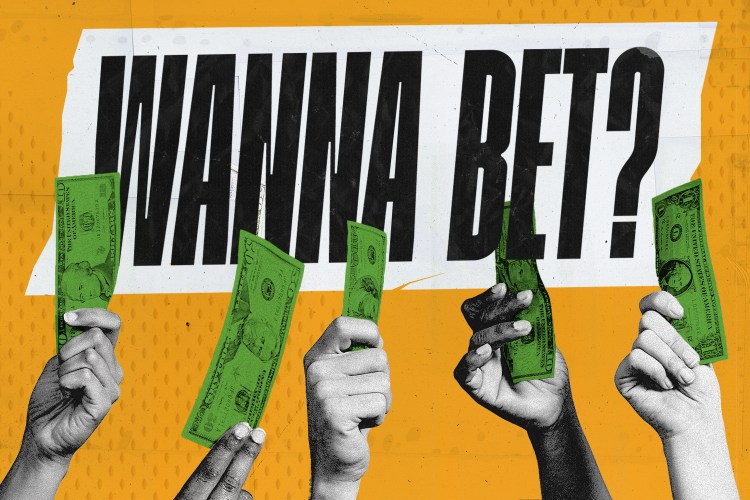Across the country, coaches seem to be universally in favor of the new rule for the 2025-26 season that allows them to challenge calls from the bench. When to use those challenges, on the other hand, may require a proverbial “trip to the monitor.”
The new rule is similar to the one the NBA introduced in 2019: Coaches can challenge an out-of-bounds call, basket interference and/or goaltending, or whether or not a secondary defender was in the restricted area under the basket. Fouls cannot be challenged, but officials can still go to the replay monitor to determine time and score, as well as a flagrant foul.
The intent of this rule change is to speed up the game by limiting those monitor trips (and eliminating players calling for officials to go to the monitor by twirling their finger in the air) and forcing a stoppage of play.
Under the new system, coaches are allowed one challenge per game, and only a coach can call for a challenge, but only if there is a timeout available. If the challenge leads to an overturned call, the coach gets another challenge; if the call was correct, the team loses its challenge.
Purdue coach Matt Painter, who said he could have used a challenge late in his team’s Sweet Sixteen loss to Houston, is a fan of the new rule, saying going to the monitor six or seven times in a game is too much. “You want to get it right,’’ Painter told Hoops HQ. “That’s all you want.’’
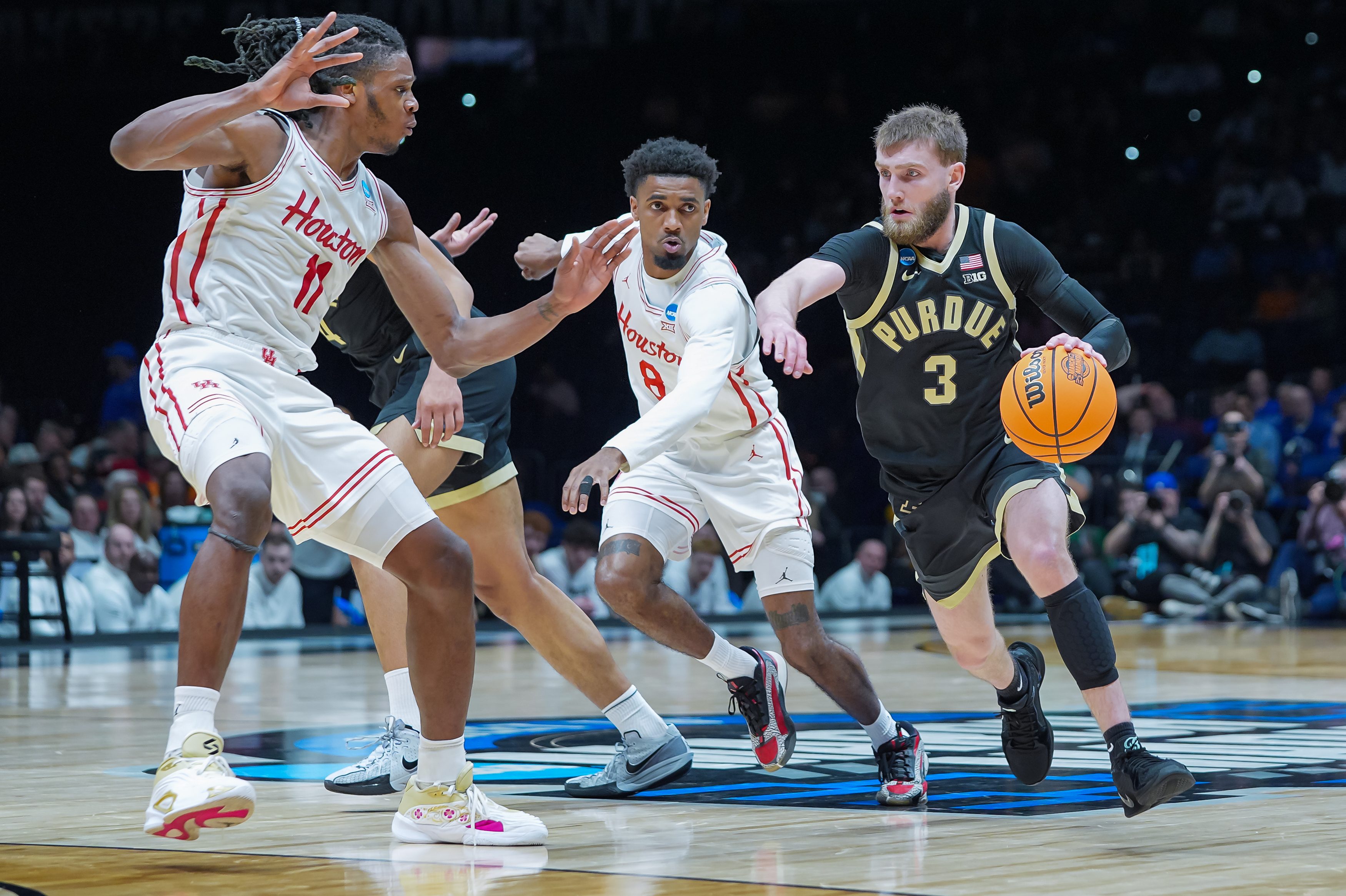
Officials can still go to the monitor at their discretion for basket interference/goaltending and restricted-arc plays in the final two minutes and overtime. But out-of-bound plays are limited to a challenge.
And it has to be a head coach, not a player, who calls for the challenge, said Jeff O’Malley, the NCAA Men’s Basketball Secretary of Rules Editor for the Rules Committee. “The coaches have the control. If they want to use it for a big play at the 12-minute mark then they can use it then…It will clean up the end of the game. It has worked at the NBA level.’’
The NCAA has experimented with this rule in the NIT and the Crown postseason tournaments. The hope is that this will help games finish within the desired two-hour time window for television partners.
Coaches like Michigan’s Dusty May and Georgia Tech’s Damon Stoudamire said they were in favor and didn’t like the constant break in rhythm with so many trips to the monitor, but when to use the challenge has been a major discussion point during the offseason.
Ole Miss coach Chris Beard said he would probably save it for the later stages of the game. He also said there are going to be a lot of staff members with iPads behind the bench, empowered to let the head coach know a call is worth challenging. He said a quick thumbs up to challenge is going to be needed.
“There’s going to be a lot of strategy with this,’’ said Kansas coach Bill Self. “Will you use it early on? Probably no. It’s going to take time to get used to it, but it’s a good rule.’’
The Top 100 Players in College Basketball for the 2025-2026 Season: Nos. 1 – 25
At last, the Top 25. Hoops HQ delivers you the final installment of the Top 100 players in college basketball for the 2025-26 season.
USC coach Eric Musselman said he would probably designate a staff member to be the person to inform him on whether to challenge. He said he has talked to coaching staffs of the San Diego Padres and the LA Clippers about how they use the challenge in Major League Baseball and the NBA. Alabama coach Nate Oats said with former NBA assistants on his staff, he’s feeling more confident that they will be aligned on challenge strategy, though the overall process is a work in progress. “I’ve been one to save my timeouts for late in the game,’’ Oats said.
“You have to be strategic,’’ said Villanova coach Kevin Willard. “We’re going to practice this so we have it down. If you’re wrong and you lose a timeout then it could be really disastrous for you.’’
Arizona State coach Bobby Hurley is leaning toward saving a timeout for later in the game, knowing he may need to use a challenge. “You certainly want to have it in your pocket late in the game.”
Memphis coach Penny Hardaway said it’s good for the game, because all coaches just want the calls to be right.
UCLA coach Mick Cronin also wants all the calls to be correct, but understands why the NCAA is going to the limited-challenge model. “You better save (a timeout),’’ he said. . “You’ve got to save it for significance. Now they can’t go to the monitor on an out-of-bounds play in the last two minutes, so that’s where you’ve got to save it. I don’t know if it’s reactionary or not, but everything is about keeping these games in a two-hour window.’’
